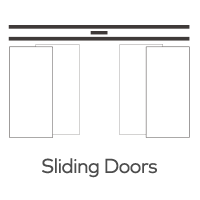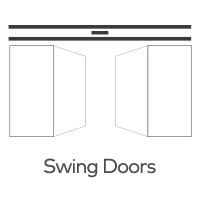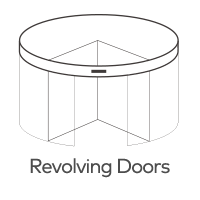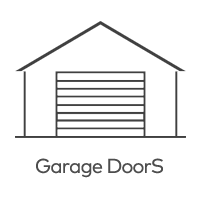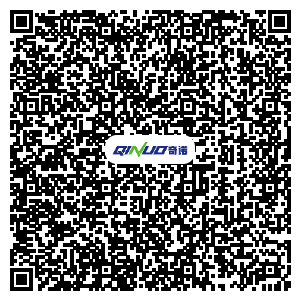What are the options for expanding the capacity of a door controller to accommodate more users or doors?
In today's rapidly evolving world, security and access control are paramount concerns for a wide range of environments, from office buildings and residential complexes to industrial facilities and educational institutions. Door controllers play a pivotal role in managing access, ensuring authorized entry, and maintaining a secure environment. As the need for access control grows, organizations often find themselves facing the challenge of expanding their door controller's capacity to accommodate more users or doors. In this article, we delve into the various options available to achieve this expansion while maintaining a seamless and secure access management system.
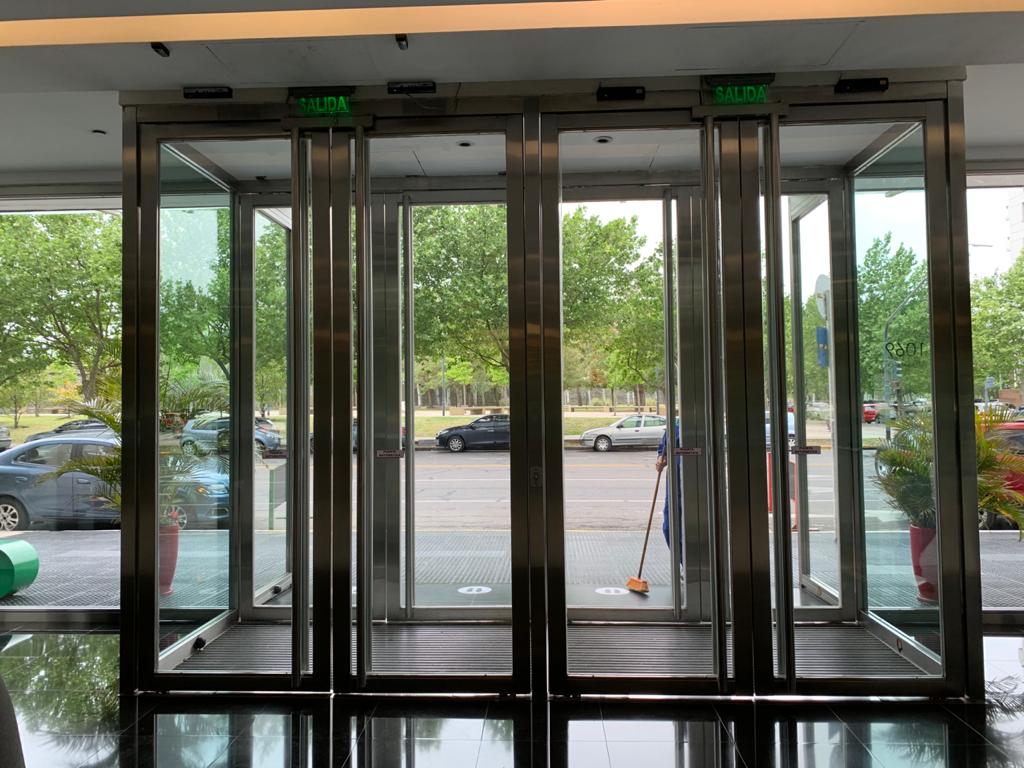
1. Upgrading Hardware:
One of the most straightforward approaches to expanding a door controller's capacity is to upgrade the hardware itself. Many modern access control systems are designed with scalability in mind. This means that the hardware can be enhanced to support a greater number of users, doors, or both. Organizations can work with their access control providers to determine if a simple hardware upgrade is feasible for their current system. This option is particularly effective when the existing system has some headroom for growth without requiring a complete overhaul.
2. Adding Expansion Modules:
In cases where the existing door controller hardware is not easily upgraded, adding expansion modules can be a viable solution. Expansion modules are additional hardware components that can be connected to the existing door controller to extend its capacity. These modules can provide additional ports for connecting more door readers, relay outputs for controlling locks, and inputs for sensors. Expansion modules offer a cost-effective way to enhance the system's capacity without replacing the entire controller.
3. Cloud-Based Solutions:
The advent of cloud technology has transformed various aspects of access control. Cloud-based solutions allow organizations to manage access control centrally through the cloud, making it easier to scale up the system. With cloud-based access control, the limitations imposed by on-premises hardware are minimized, and adding more doors or users can be achieved with greater flexibility. This option is particularly advantageous for organizations with multiple locations that require a unified access control solution.
4. Access Control as a Service (ACaaS):
Similar to cloud-based solutions, ACaaS offers a subscription-based model for access control. In ACaaS, the service provider manages all aspects of the access control system, including hardware maintenance, software updates, and scalability. As the organization's needs grow, the service provider can seamlessly expand the system's capacity, alleviating the burden on the organization's IT staff. ACaaS is an attractive option for businesses seeking a hassle-free approach to managing access control.
5. Integrating with Other Systems:
Integrating the access control system with other security and IT systems can also provide a pathway to expansion. By integrating access control with identity management, human resources, and visitor management systems, organizations can better streamline their access control processes while accommodating more users. This integration allows for a more holistic approach to security and access management.
Conclusion:
As organizations continue to evolve and grow, their access control needs are likely to change as well. Expanding the capacity of a door controller to accommodate more users or doors is a critical consideration in maintaining a secure environment. By exploring options such as hardware upgrades, expansion modules, cloud-based solutions, ACaaS, and system integration, organizations can choose the approach that best aligns with their goals, infrastructure, and budget. It's important to work closely with access control experts and providers to ensure a smooth and effective expansion process while upholding the highest standards of security.


